I definitely agree. One of the wheels, I believe it is the Japanese water stone, isn't available on the T4.
The T8 is a nice machine !
Rich
The T8 is a nice machine !
Rich
Welcome to the Tormek Community. If you previously registered for the discussion board but had not made any posts, your membership may have been purged. Secure your membership in this community by joining in the conversations.
www.tormek.com
This section allows you to view all posts made by this member. Note that you can only see posts made in areas you currently have access to.
Show posts Menu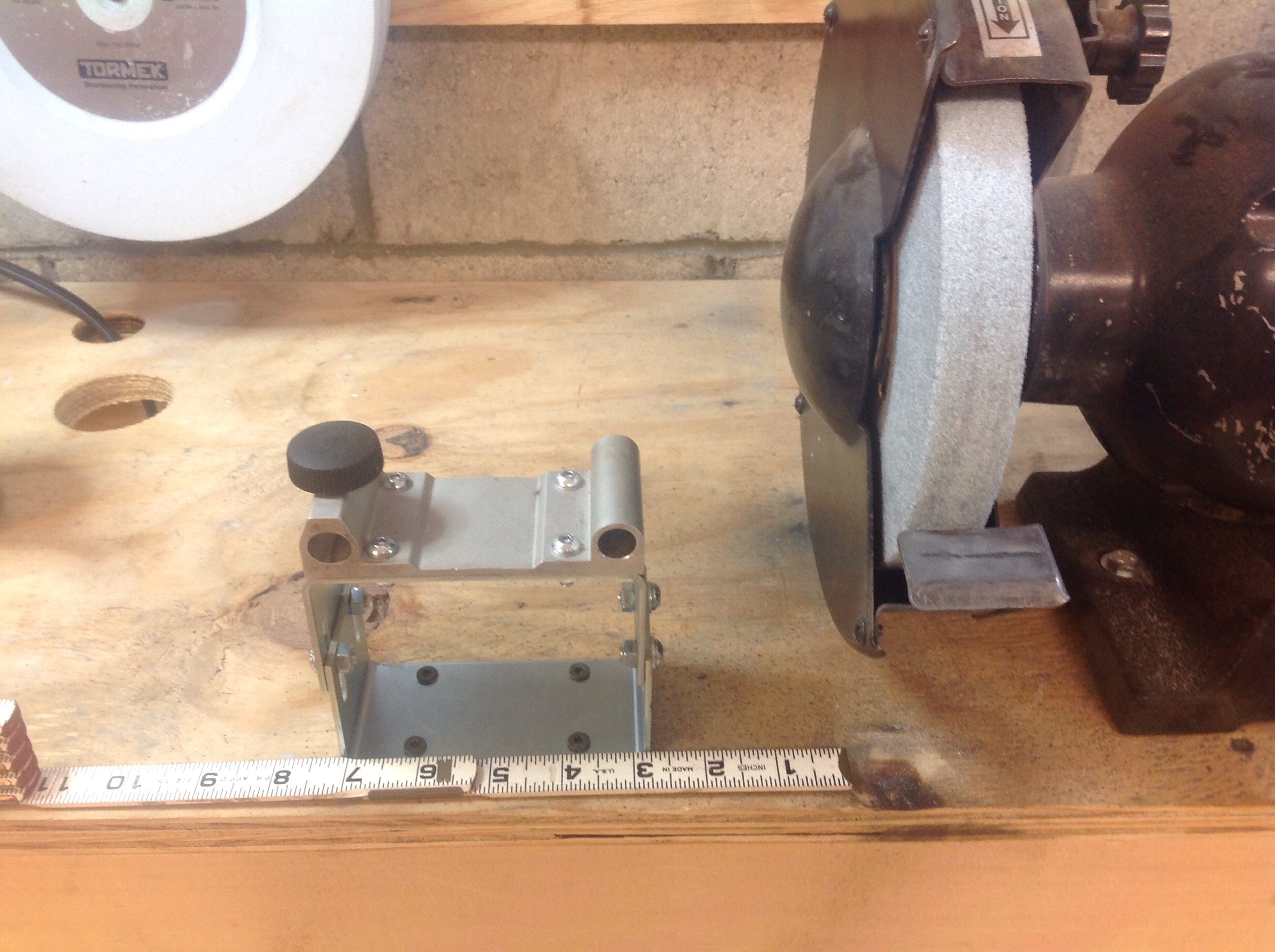
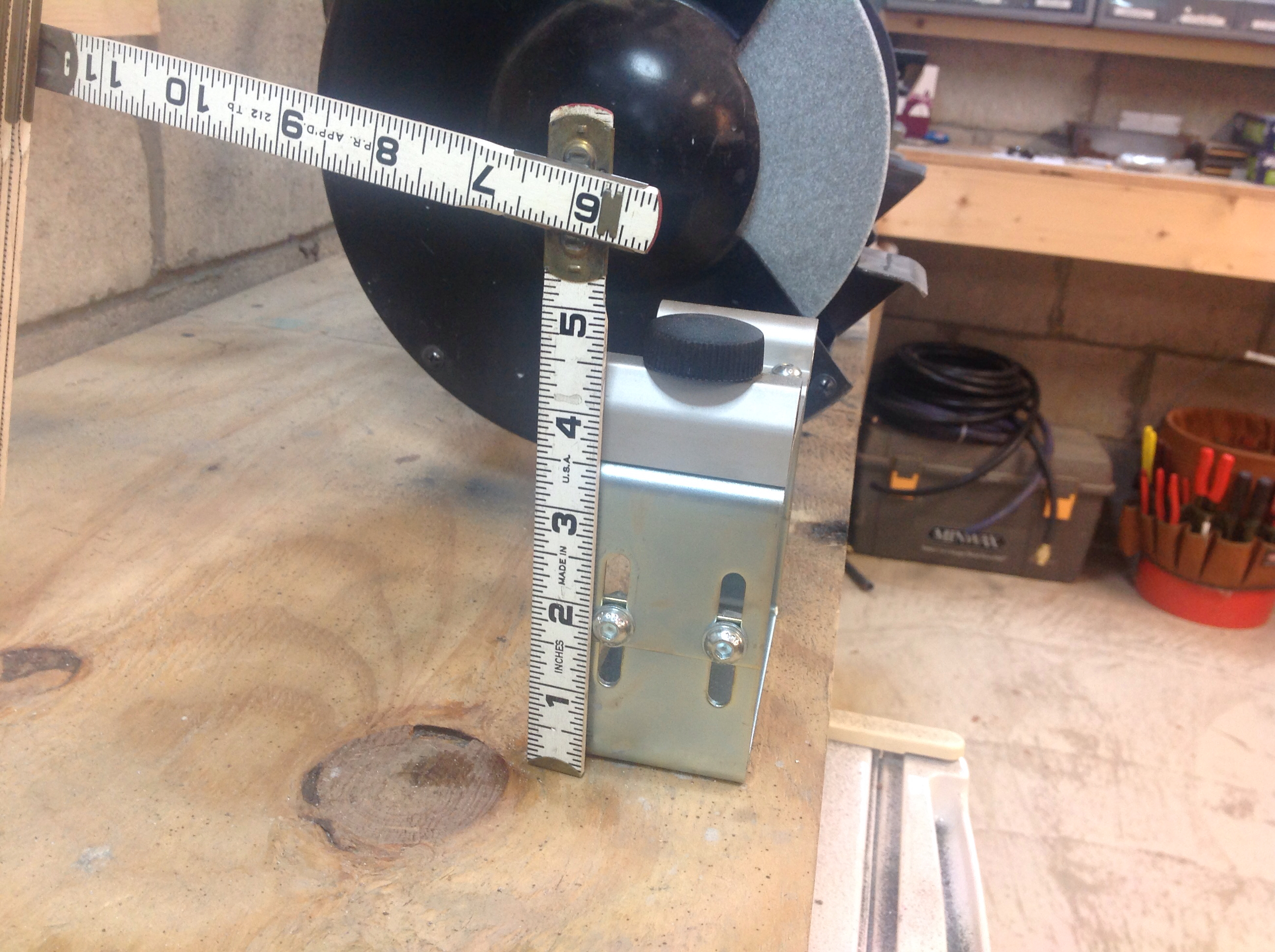
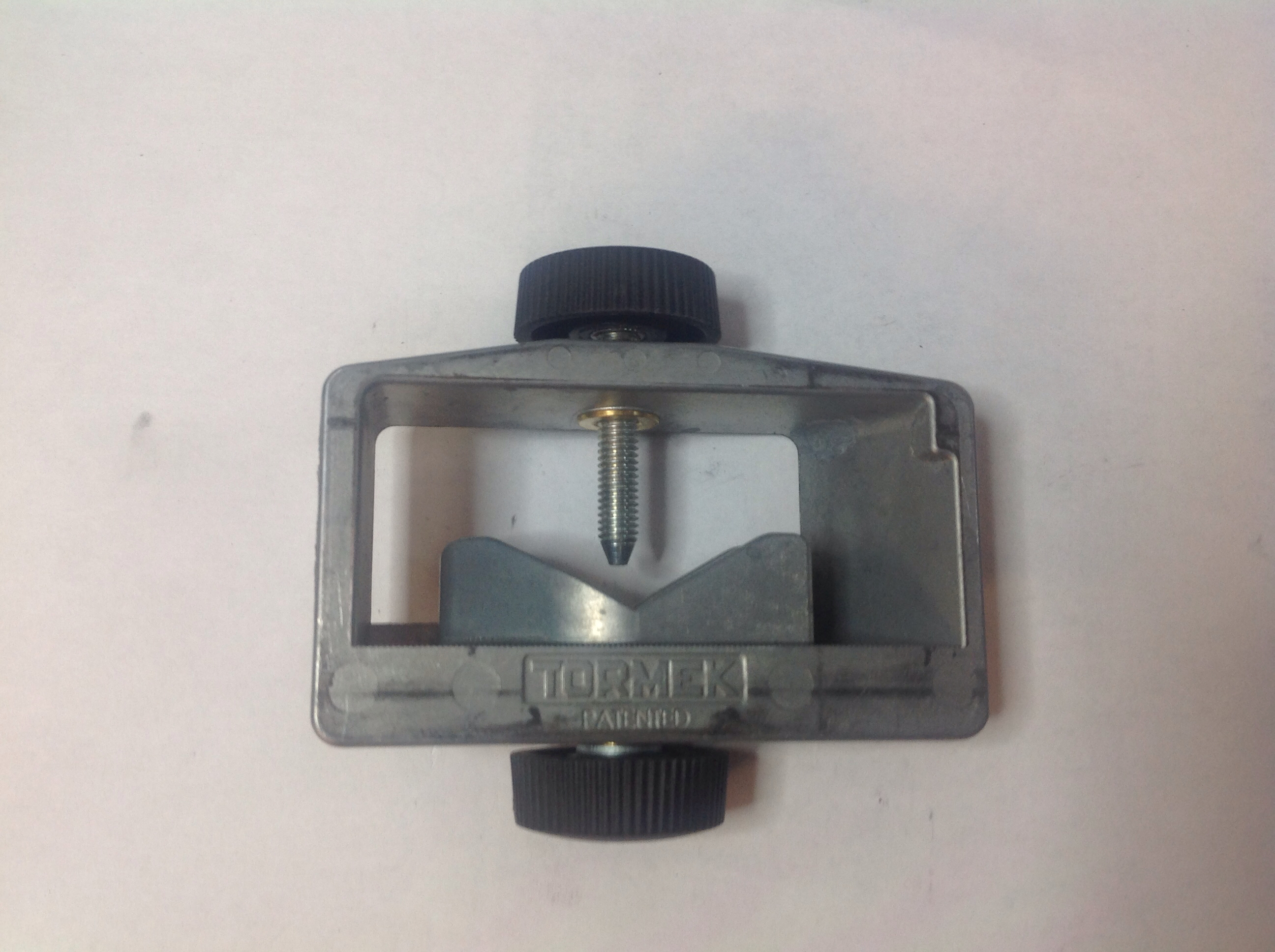


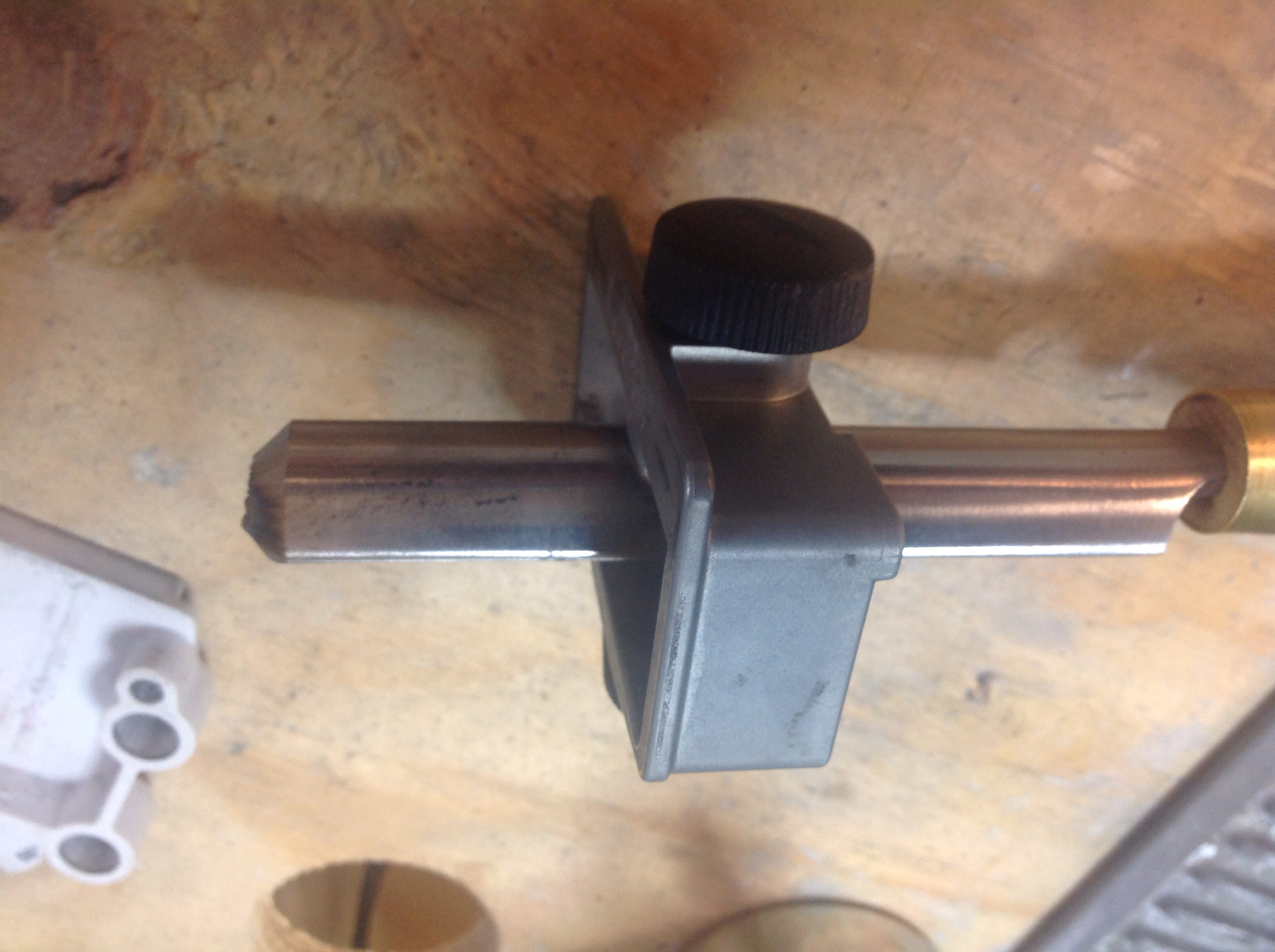
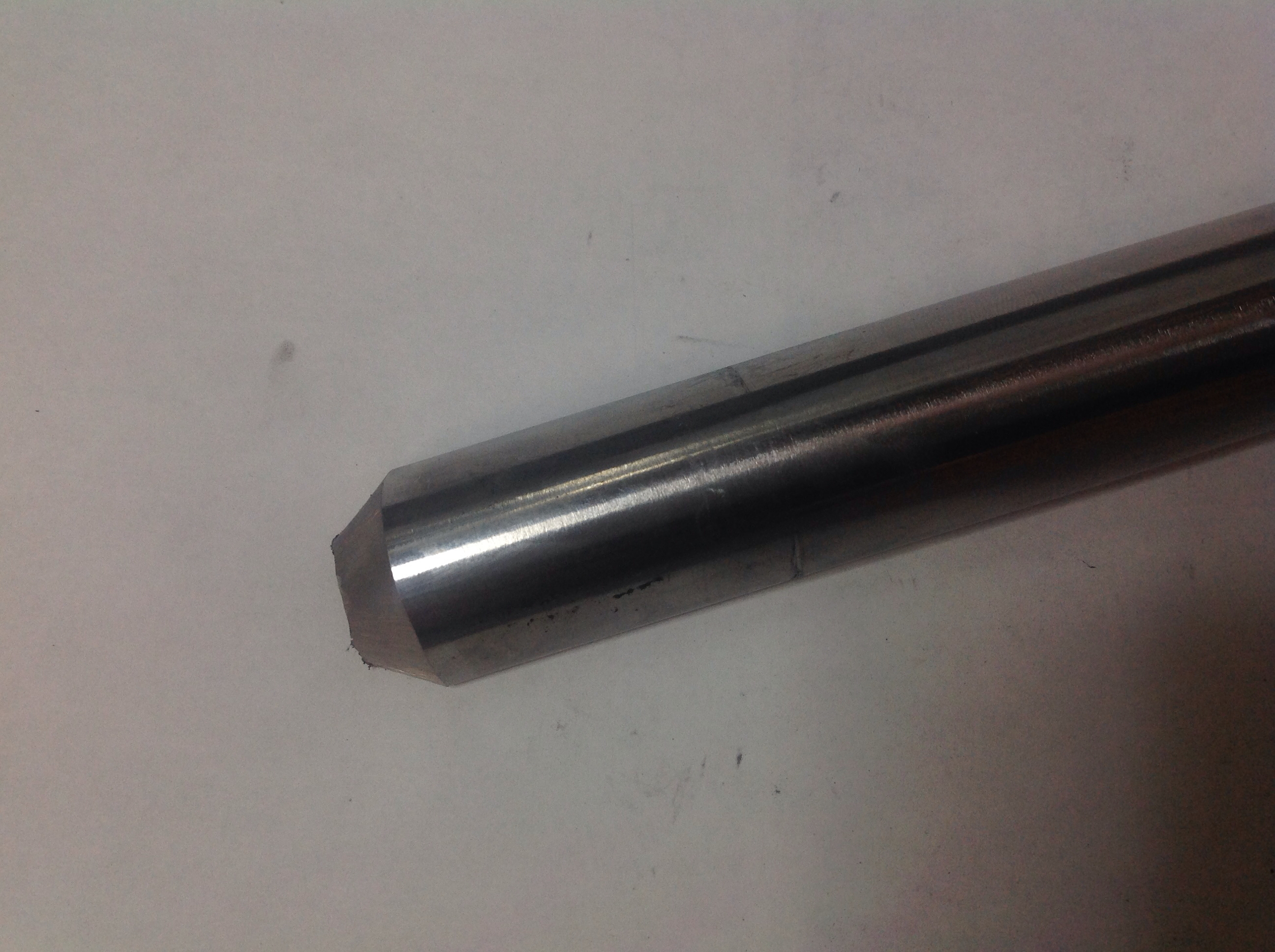
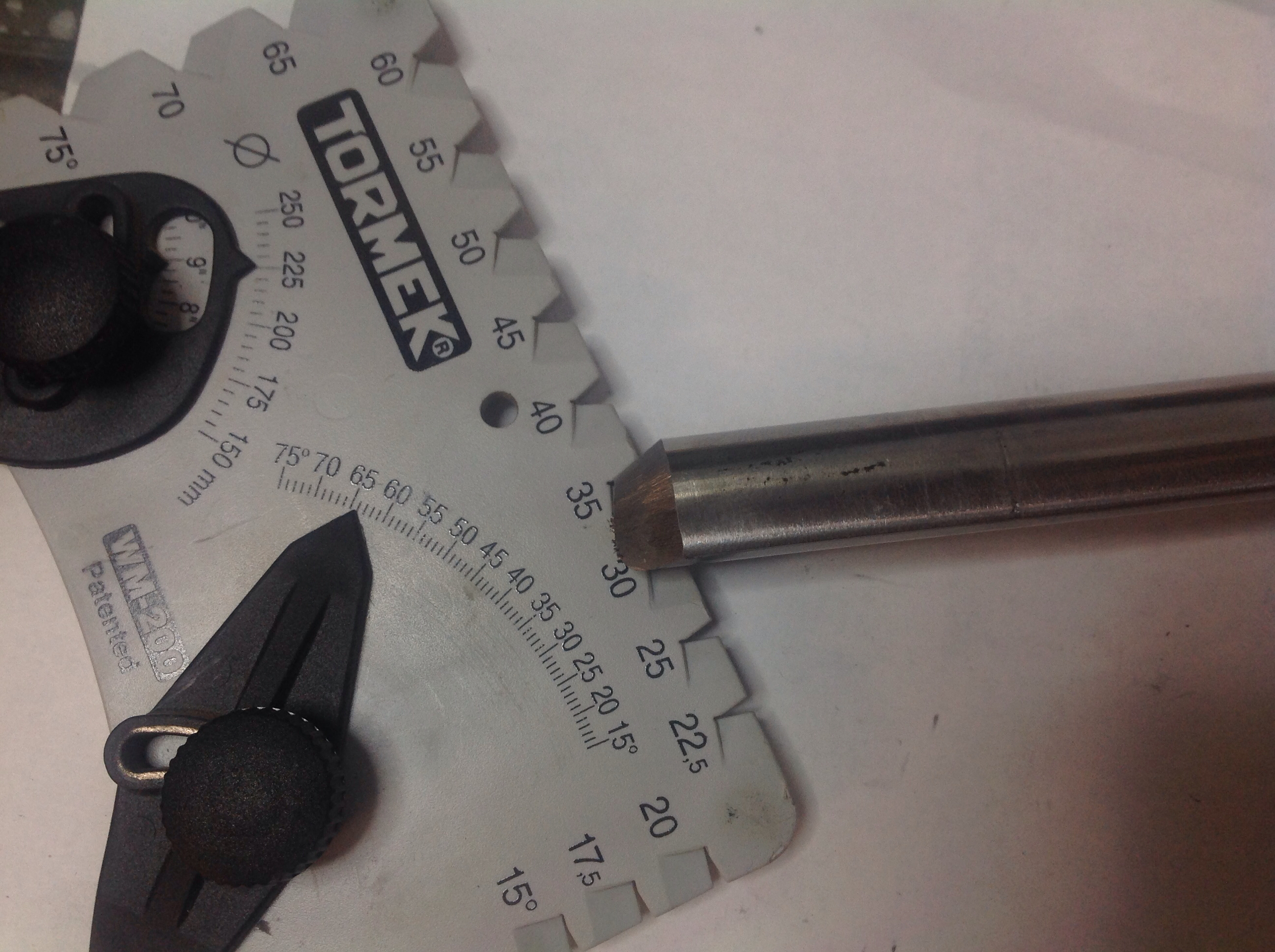
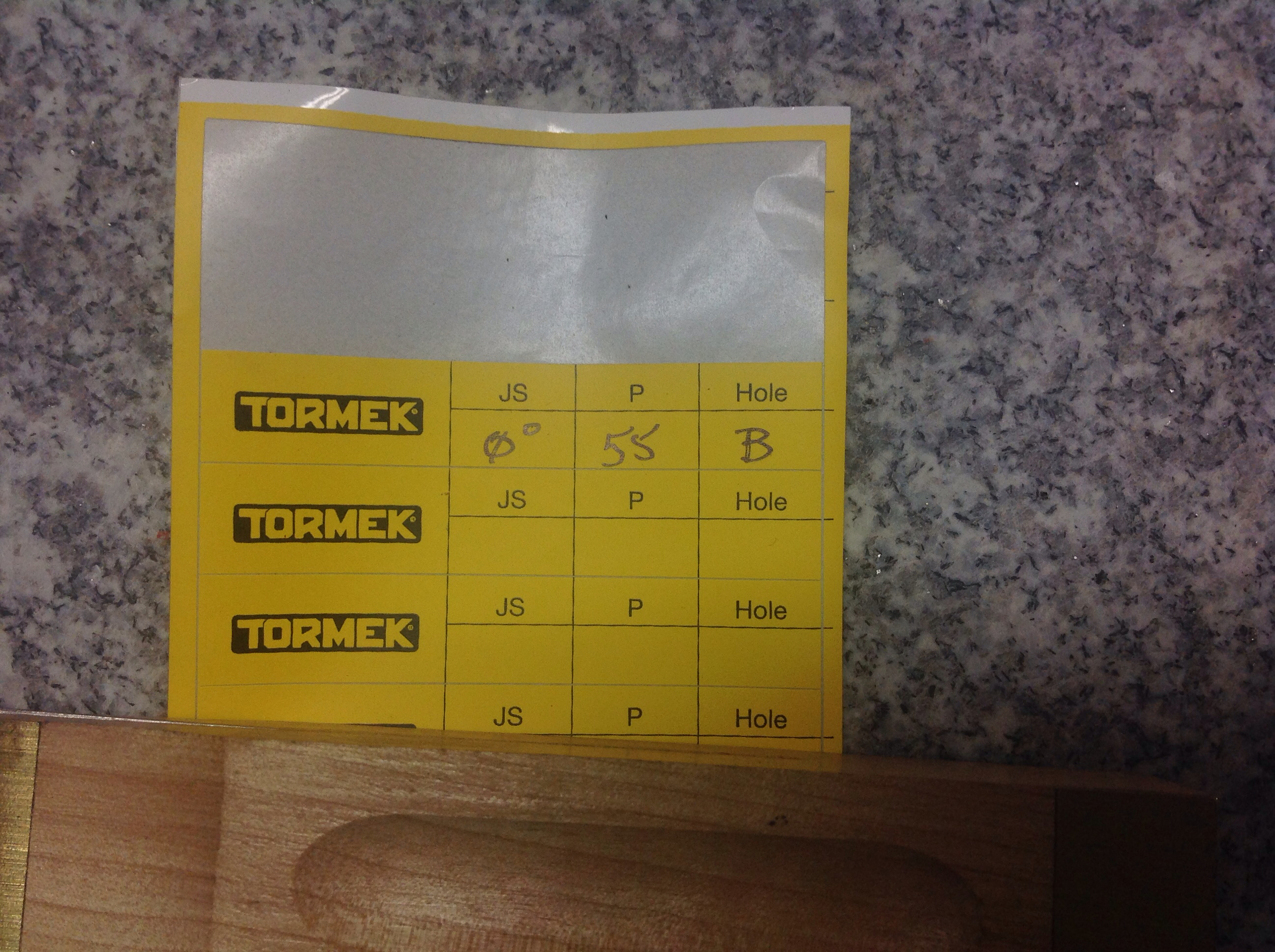
Quote from: Ken S on July 05, 2017, 01:53:59 PMRich Colvin is compiling a sharpening handbook which will be a vsluable reference. Pairing this tablet and reference with a USB microscope would be a powerful and efficient combination.
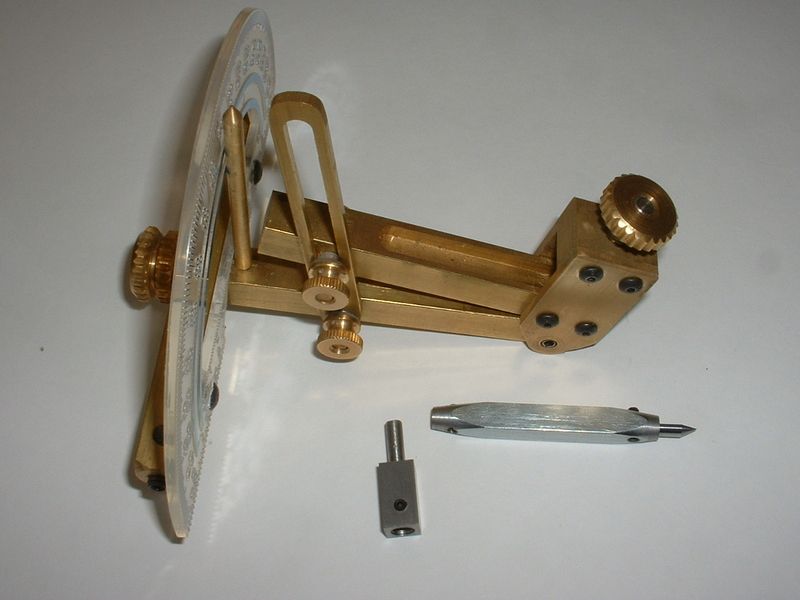
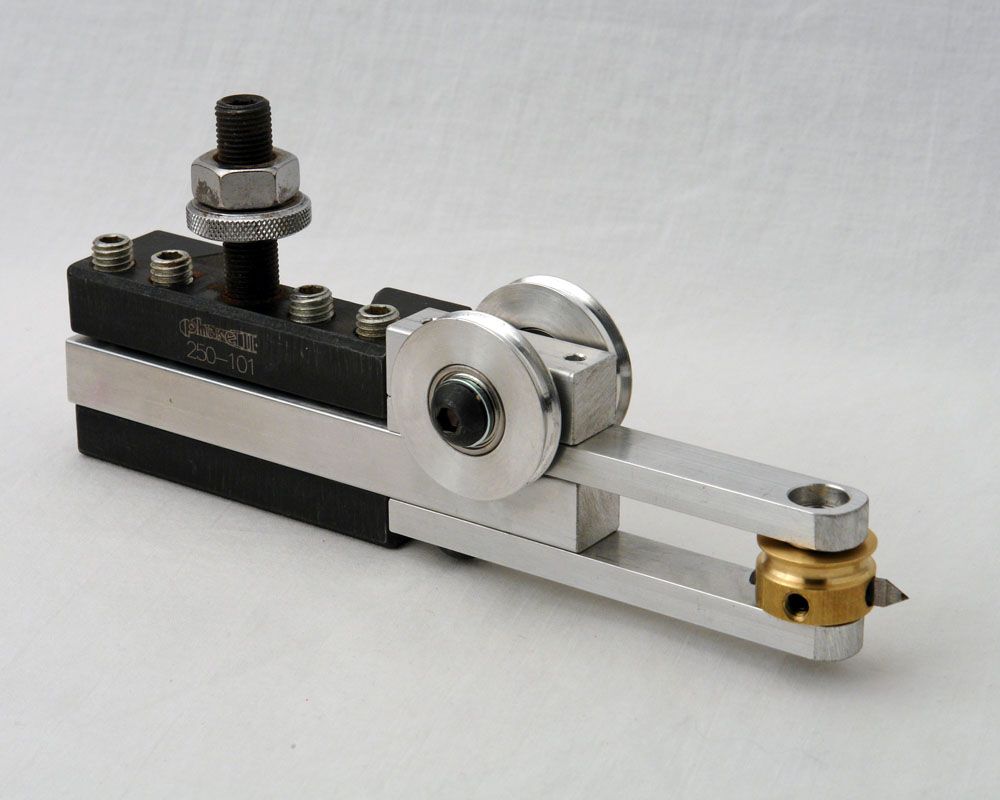
Page created in 0.016 seconds with 15 queries.